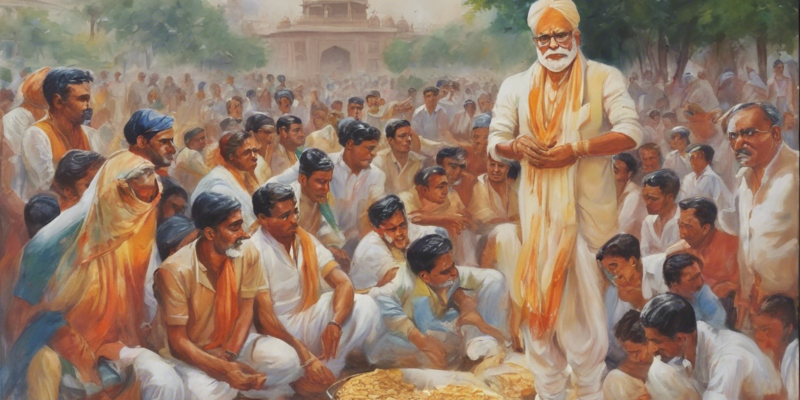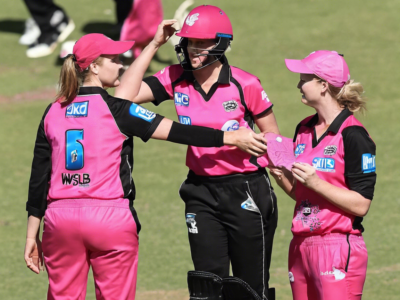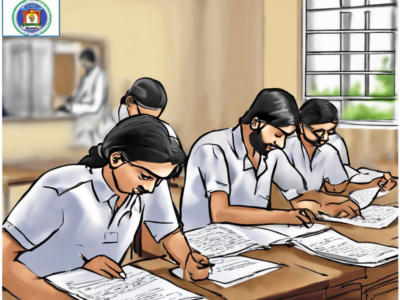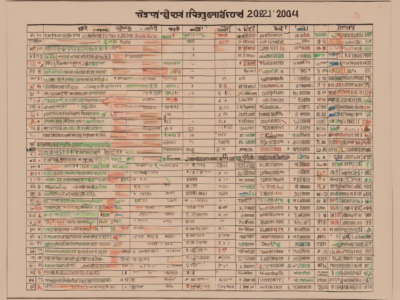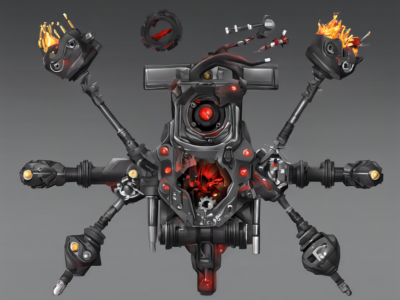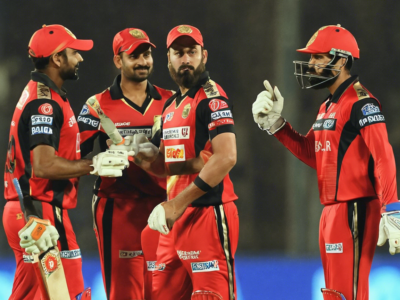Introduction:
Bharat, known as India in English, is a diverse and vast country with various states and union territories. Understanding the administrative divisions of Bharat is essential to comprehend its governance framework. In this article, we will delve into the details of how many rajya (states) and kendra shasit pradesh (union territories) are present in Bharat and explore their unique characteristics.
States and Union Territories in Bharat:
States in Bharat:
Bharat is comprised of 28 states. Each state has its own distinct identity, language, culture, and heritage. The states in Bharat play a crucial role in the country’s federal structure and are vested with legislative powers to govern specific issues within their jurisdiction. Some of the prominent states in Bharat include Uttar Pradesh, Maharashtra, Karnataka, Rajasthan, and Tamil Nadu.
Union Territories in Bharat:
In addition to the states, Bharat also consists of 8 union territories. Union territories are regions that are under the direct administration of the central government. Unlike states, union territories have a lieutenant governor or administrator appointed by the President of India to represent the central government. Delhi, Puducherry, Chandigarh, and Lakshadweep are some of the well-known union territories in Bharat.
Unique Characteristics of States and Union Territories:
Autonomy:
States in Bharat enjoy a higher degree of autonomy compared to union territories. They have their own elected governments, legislatures, and chief ministers who are responsible for governing the state. On the other hand, union territories are directly governed by the central government through administrators or lieutenant governors.
Representation:
States have representation in the Rajya Sabha (Council of States) based on their population, whereas union territories have a more limited representation. Certain union territories like Delhi have a unique status where they have their own legislative assembly and ministers, providing them with a quasi-statehood status.
Administrative Control:
While states have more administrative control over their affairs, union territories rely heavily on the central government for decision-making and funding. The central government plays a more significant role in the governance of union territories, especially in matters concerning law and order, finance, and overall administration.
Frequently Asked Questions (FAQs):
1. How many states and union territories are there in Bharat?
– Bharat has 28 states and 8 union territories.
2. Are union territories similar to states in terms of governance?
– No, union territories have a different governance structure compared to states. They are directly administered by the central government.
3. Which is the largest state in Bharat by area?
– Rajasthan is the largest state in Bharat by area.
4. How are chief ministers appointed in states?
– Chief ministers in states are appointed based on the majority party or coalition in the state legislative assembly.
5. Can states make their own laws?
– Yes, states have the power to make laws on subjects listed in the State List of the Seventh Schedule of the Constitution.
6. Do union territories have representation in the Rajya Sabha?
– Yes, some union territories like Delhi have representation in the Rajya Sabha.
7. Which union territory serves as the capital of Bharat?
– Delhi serves as the capital territory of Bharat.
Conclusion:
Understanding the distribution of states and union territories in Bharat is essential for grasping the country’s diverse administrative framework. While states enjoy greater autonomy and legislative powers, union territories are directly governed by the central government. Each state and union territory contributes uniquely to the rich tapestry of Bharat‘s cultural, linguistic, and geographical diversity.

